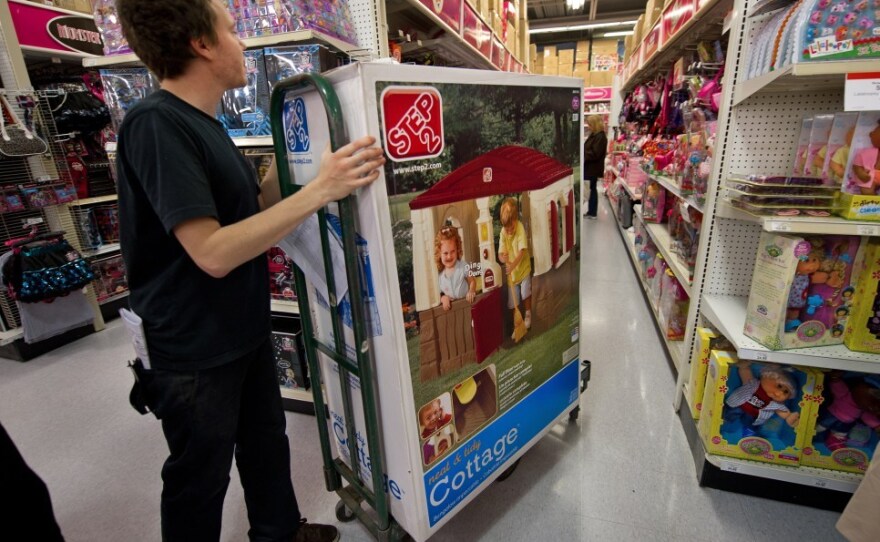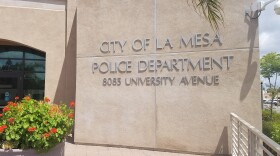The unemployment rate dropped unexpectedly to 8.6 percent in November, in part because hundreds of thousands of Americans stopped looking for work. But analysts said the modest increase of 120,000 jobs created last month points to an economy that's generally still limping.
"These modest job gains are still not enough to propel economic growth to a sustainable 2 percent growth path," Kathy Bostjancic, director of macroeconomic analysis at The Conference Board, wrote in a response to Friday's unemployment report. "And while consumer sentiment is not as gloomy as this past summer, it remains quite low this holiday season."
Ben Herzon, senior economist at Macroeconomic Advisers, said the lower unemployment rate, which fell from 9 percent in October, is a "little extra bonus" to a report that shows otherwise expected modest gains.
"I wouldn't take decline to 8.6 percent as a clear indication of significant improvement in labor market conditions, but part of it is," Herzon said.
The jobless rate fell in part because roughly 315,000 people had given up looking for work in November and therefore are not counted as unemployed. Still, civilian employment rose by 278,000 and that's "enough of an increase to put downward pressure on the unemployment rate," Herzon said.
Stuart Hoffman, chief economist at PNC Financial Services Group in Pittsburgh, expects that those 315,000 who "dropped through the statistical cracks" probably overstates the rate drop.
Nevertheless, he says, "even if you take that into account, it does appear as though it dropped, maybe just not from 9 all the way down to 8.6," Hoffman said. The unemployment rate this year had been as high as 9.2 percent in June.
Employers added 120,000 jobs last month. Private employers added 140,000 jobs, but government jobs fell by 20,000, mostly at the state and local level, according to the report. State and local governments have shed 430,000 jobs since early last year.
Many of the gains in employment were seen in the retail sector, which rose by 50,000 last month. Manufacturing saw a slight increase in jobs; hiring by leisure and hospitality and health care was also up. But the construction sector, which has been in decline since 2007, again shed jobs.
The Obama administration was quick to hail the report as further evidence that the economy continues to heal. But Alan Krueger, Obama's top economic adviser, conceded that the pace of improvement is "still not fast enough given the large job losses from the recession that began in December 2007."
Still, Hoffman says the report, combined with strong holiday shopping numbers, good auto sales data for November and improved consumer confidence, shows that the overall economic outlook is pretty good.
"Despite all the doomsday ... these numbers paint just the opposite picture of an economy growing — not rapidly but still growing and showing no signs of relapsing into recession," he said.
Looking forward, Herzon predicts the economy's modest growth can continue depending on how buffeted it can be by shocks from the European debt crisis.
"I'm not very optimistic that the economy can avoid shocks," he says. "I think it's more likely that we'll get a bit of a soft patch next year reflecting turmoil in Europe."
Copyright 2022 NPR. To see more, visit https://www.npr.org. 9(MDAzMjM2NDYzMDEyMzc1Njk5NjAxNzY3OQ001))







